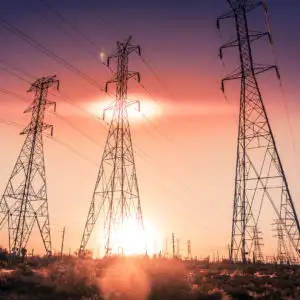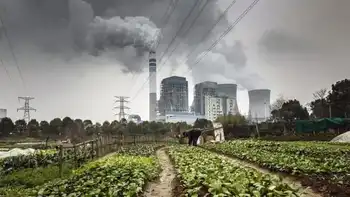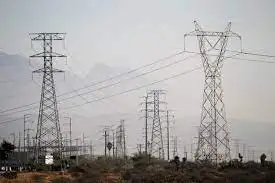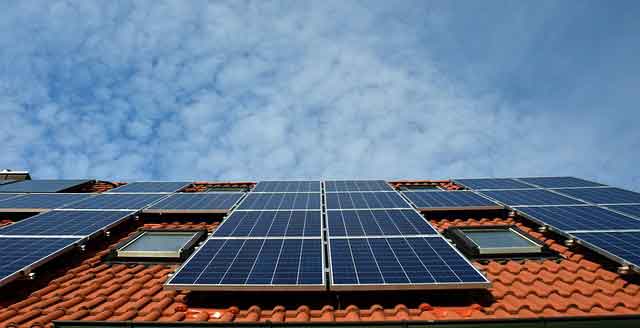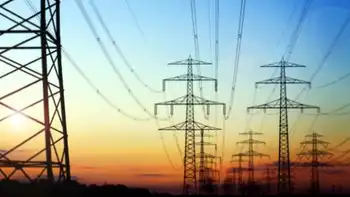OSHA finds Salem plant failed to protect men who died
By Boston Globe
CSA Z463 Electrical Maintenance
Our customized live online or in‑person group training can be delivered to your staff at your location.

- Live Online
- 6 hours Instructor-led
- Group Training Available
Dominion Energy New England officials said the utility plans to "vigorously contest" the accusation that it does not keep its workers safe, a spokesman said.
An Occupational Safety and Health Administration investigation found 10 "serious" safety violations at Dominion's Salem plant. Among the problems: failing to enter or inspect for nine years the specific area where the explosion occurred.
The Nov. 6, 2007, accident, which occurred when the plant's Unit 3 boiler tubes ruptured, killed engineer Phillip Robinson, mechanic Mark Mansfield, and rookie Mathew Indeglia after they were enveloped in a cloud of steam that neared 600 degrees.
OSHA, which began investigating the plant following the explosion, is proposing that Dominion pay $46,800 in fines for the safety problems - most of which plant officials say have been fixed. Dominion has 15 business days to contest the fines.
"The company must initiate and maintain effective safeguards to identify and eliminate such hazards, both to protect employees and to prevent future leaks, ruptures, or explosions," Rosemarie Ohar, OSHA's acting area director in Methuen, said in a prepared statement. "Proper inspection and maintenance are critical to detecting potentially dangerous conditions."
But a Dominion official said that his company believes there is no inspection that would have discovered the welding defect now thought to have caused the explosion.
"We will contest any allegation by any regulatory body that suggests that Dominion does not maintain a safe work environment or fails to operate and maintain its power stations properly," Dominion spokesman Jim Norvelle said.
He said that an inspection of the machinery involved in the accident, which was conducted by a firm called Structural Integrity, indicated that the cause of the explosion stemmed from an undetectable defect in a 50-year-old weld joining two pieces of pipe.
"This defect that caused the rupture was not visible, so inspecting it would not have caught this," Norvelle said. " And on top of that, we strongly believe that there is no recognized industry inspection or testing practice that would have discovered this, so we could have inspected it as often as we wanted to and we would not have found the defect."
Dominion plans to meet with OSHA officials within the next two weeks, Norvelle said, to discuss the safety violations and accompanying fines. Proposed fines included:
$6,300 for failing to inspect the "dead air space" area of the coal-fired boiler that ruptured.
$4,500 for improperly storing compressed gases in cylinders.
$4,500 for improperly installing and using outdoor electrical panel.
$4,500 for leaving powered industrial trucks unattended.
Ted Fitzgerald, an OSHA spokesman, said the fines may appear low, especially when the deaths of three men are factored in, but they are determined based on a set of classifications for safety violations. The problems at Dominion were considered "serious" - the second lowest of OSHA's four classifications.
"There is no connection between fines and death," Fitzgerald added. "OSHA doesn't presume to put a dollar value on human life."
Richard Robey, president of the local union representing Salem Harbor workers, said he stands behind his company's commitment to safety.
"We do take safety seriously and if we do see a problem, we try to correct it as rapidly as possible," Robey said.
And though he had concerns about whether or not the faulty boiler had been properly inspected, Robey said he felt that the other problems cited by OSHA seemed like things you could find in any workplace.
"I could probably walk through your office and find the same thing," he said. "If I went through the OSHA building in Methuen, I'm sure I could do the same thing."
Relatives of those who died in the November explosion are considering a suit against Dominion and had little to say about the federal safety allegations.
"We're not really allowed to say anything because of the court case," Tawnya Jalbert, Mark Mansfield's sister-in-law, said when reached by phone. Jalbert did say her sister has had a hard time dealing with Mansfield's death.
"She's always crying," Jalbert said. "I actually had to go over there last night because she was crying. It's terribleÂ… you'd think it would get better but it just doesn't get better."
Neil Sugarman, an attorney representing the Indeglias, declined to comment. Douglas K. Sheff, the lawyer representing the Robinsons and the Mansfields, did not return a phone call from the Globe.
Meanwhile, Salem Harbor recently started to power up again. Already, boiler units 1 and 2 are operating, Norvelle said. Another unit, which is oil-fired, is expected to come back online sometime this spring. Unit 3, the coal-fired boiler that ruptured, is still being repaired.





